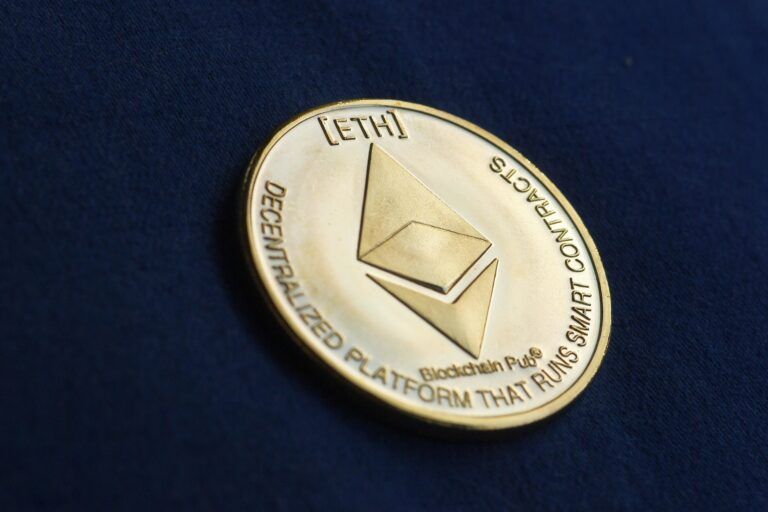On 5 June 2024, VanEck released an updated analysis forecasting the future of Ethereum (ETH), predicting its price to reach $22,000 by 2030. The report, authored by Matthew Sigel, Patrick Bush, and Denis Zinoviev, delves into the potential growth of ETH and its optimal inclusion in both traditional and crypto-specific portfolios. This analysis comes at a time when the cryptocurrency market is maturing and increasingly gaining the attention of institutional investors.
ETH Price Target and Market Dynamics
VanEck’s projection of ETH reaching $22,000 by 2030 is based on the premise of Ethereum maintaining its dominance in the smart contract platform space. The report highlights that Ethereum’s value proposition is particularly compelling to entrepreneurs and large technology companies, suggesting that it will continue to capture significant market share from traditional financial markets and Big Tech. According to VanEck, Ethereum could generate $66 billion in free cash flow, supporting a market capitalization of $2.2 trillion.
The report also mentions the anticipated approval of spot ether ETFs on U.S. stock exchanges, which could provide a secure investment vehicle for institutional investors and financial advisors, enhancing liquidity and pricing advantages.
Optimal Portfolio Allocations
VanEck’s analysis explores the optimal allocation of Bitcoin (BTC) and Ethereum (ETH) within traditional 60/40 portfolios and crypto-only portfolios. Key findings include:
- Traditional 60/40 Portfolios:
- A modest allocation of up to 6% in cryptocurrencies (3% BTC and 3% ETH) significantly improves the portfolio’s Sharpe ratio with minimal impact on drawdowns.
- This balanced approach provides enhanced risk-adjusted returns without excessively increasing volatility.
- Crypto-Only Portfolios:
- An optimal allocation of 70% BTC and 30% ETH yields the best risk-adjusted returns.
- This combination leverages BTC’s stability and ETH’s growth potential to maximize returns.
The analysis also indicates that higher allocations of cryptocurrencies can further improve portfolio performance for investors with higher risk tolerance.
Ethereum’s Growth and Revenue Projections
VanEck claims that Ethereum’s economic activity and revenue generation are substantial, with the network attracting around 20 million monthly active users and facilitating significant transaction volumes. VanEck’s report projects Ethereum’s total addressable market (TAM) across several sectors, including finance, marketing, infrastructure, and artificial intelligence (AI), estimating a TAM of $15 trillion.
The report also mentions that Ethereum’s revenue, driven by transaction fees, Layer-2 settlements, blockspace ordering, and security services, is expected to grow significantly. VanEck’s model predicts that financial businesses will account for 71% of Ethereum’s revenues by 2030, with the remainder coming from other sectors like marketing, infrastructure, and AI.
Comparative Analysis and Risks
The report draws comparisons between Ethereum and major Web2 companies, noting that Ethereum generates more revenue than platforms like Etsy and Twitch, and has a larger user base than Instacart and Robinhood.
However, VanEck also acknowledges the risks associated with investing in ETH, including regulatory uncertainties, interest rate fluctuations, market competition, and geopolitical factors. These risks could potentially impact Ethereum’s growth and valuation, highlighting the need for cautious and informed investment decisions.
Featured Image via Pixabay









